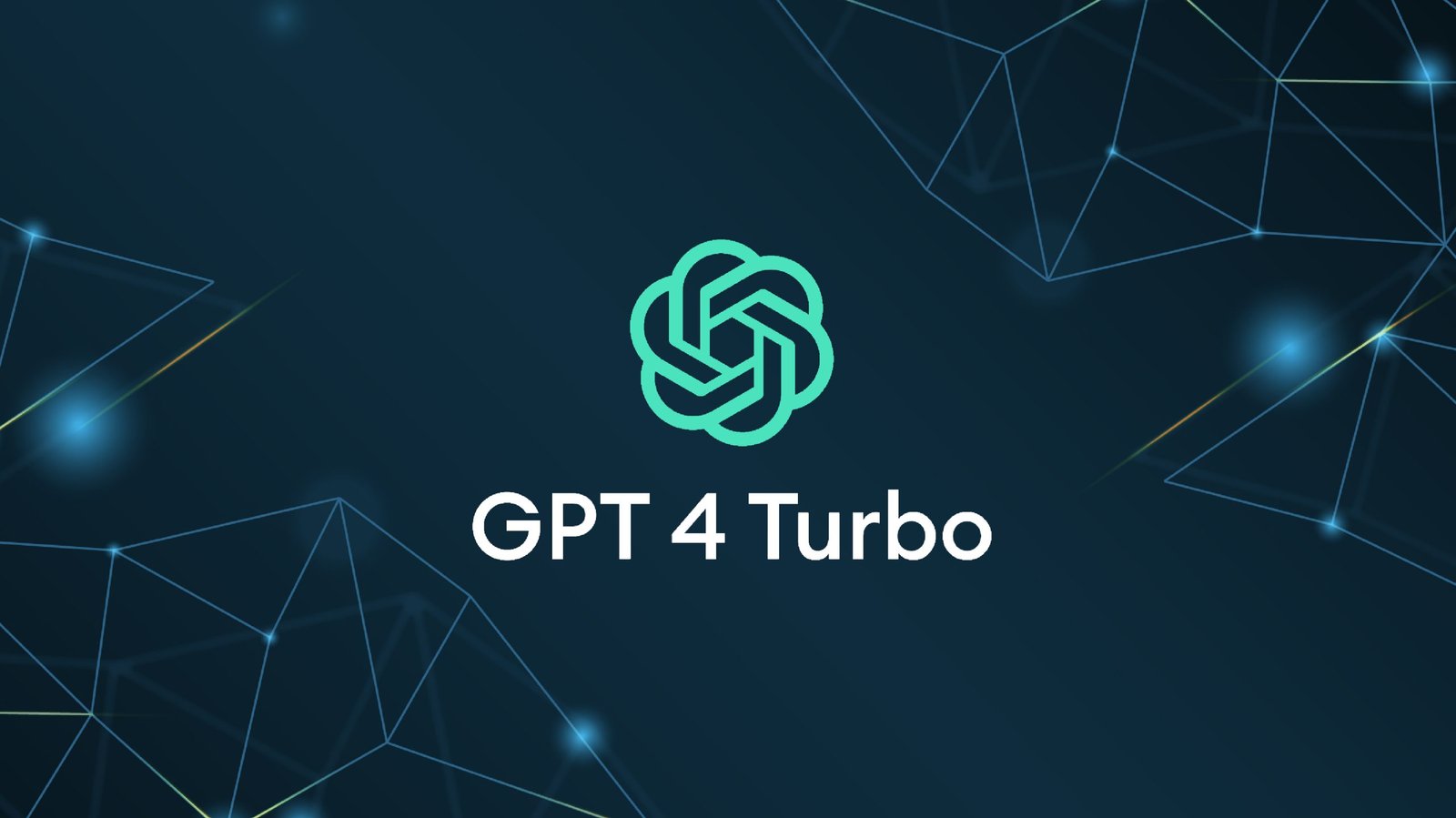OpenAI, the pioneering artificial intelligence research lab, has recently launched an advanced version of its AI model, GPT-4 Turbo, along with a unique feature set titled “GPT-4 Turbo with Vision”. This new iteration extends the functionality of GPT models to understand and generate responses based on both text and image inputs, creating a multimodal AI that enhances user interaction across various platforms.
Unveiling GPT-4 Turbo with Vision
GPT-4 Turbo with Vision introduces significant enhancements that allow the AI to process images alongside text, enabling richer, context-aware interactions. This model leverages capabilities such as Optical Character Recognition (OCR), Object Grounding, and Video Prompts to provide a comprehensive analysis of visual media. Such features enable the AI to extract text from images, identify and describe objects within an image, and analyze video content to respond to user prompts with high relevance and accuracy.
Accessibility and Integration
Available on Azure OpenAI Service, GPT-4 Turbo with Vision offers broad accessibility to existing customers across multiple global regions, including Australia East, Sweden Central, Switzerland North, and West US. This widespread availability underscores OpenAI’s commitment to integrating their advanced AI models into practical, user-friendly applications that can serve a wide array of business and personal needs.
Pricing Structure
The pricing for GPT-4 Turbo with Vision is competitive, offering cost-effective rates for processing inputs and outputs. The model is structured to charge $0.01 per 1,000 input tokens and $0.03 per 1,000 output tokens, with additional charges for enhanced features like OCR and Object Grounding, which are priced at $1.50 per 1,000 transactions.
Practical Applications and Limitations
GPT-4 Turbo with Vision can be employed in diverse scenarios from creating accessible technology for the visually impaired to enhancing business solutions that require image analysis. However, it is important to note that there are specific limitations to the model’s capabilities. For example, it may struggle with complex medical images or highly stylized texts, which could impact its utility in specialized fields such as healthcare diagnostics.
OpenAI’s GPT-4 Turbo with Vision represents a significant step forward in the AI landscape, promising to enrich the way humans interact with machines. By integrating visual data processing capabilities, OpenAI not only expands the usability of GPT models but also opens new avenues for innovation across different sectors.



















Add Comment